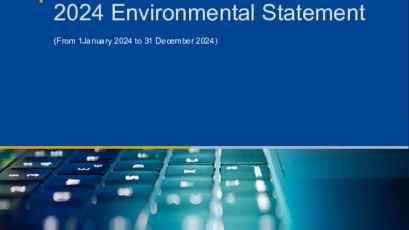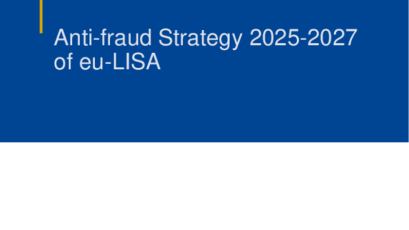Actions

Updated rules aiming to reinforce the Eurodac system, designed to store and search data on asylum applicants and irregular migrants, were agreed upon on 19 June 2018 by Parliament and Council negotiators.
The new system will help immigration and asylum authorities to better control irregular immigration to the EU, detect secondary movements (migrants moving from the country in which they first arrived to seek protection elsewhere) and facilitate their readmission and return to their countries of origin.
Parliament and Council negotiators agreed on the following reforms:
- More data: in addition to fingerprints, the facial images and alphanumerical data (name, ID or passport number) of asylum seekers and irregular migrants will also be stored.
- Fingerprinting of minors: the age for obtaining fingerprints and facial images of minors will be lowered from 14 to 6 years, to help identify and trace missing children and establish family links.
It will be easier for migration and asylum authorities to identify persons entering or staying irregularly in the EU, under new rules informally agreed with EU Council.
The negotiators also reached a preliminary agreement that data should be registered in the Eurodac system before a decision on admission is made through the resettlement procedure. The technical details of this part of the agreement still need to be discussed further.
Next steps
The agreed text now needs to be formally approved by the Civil Liberties Committee (LIBE), Parliament as a whole and the Council of the EU before entering into force.


